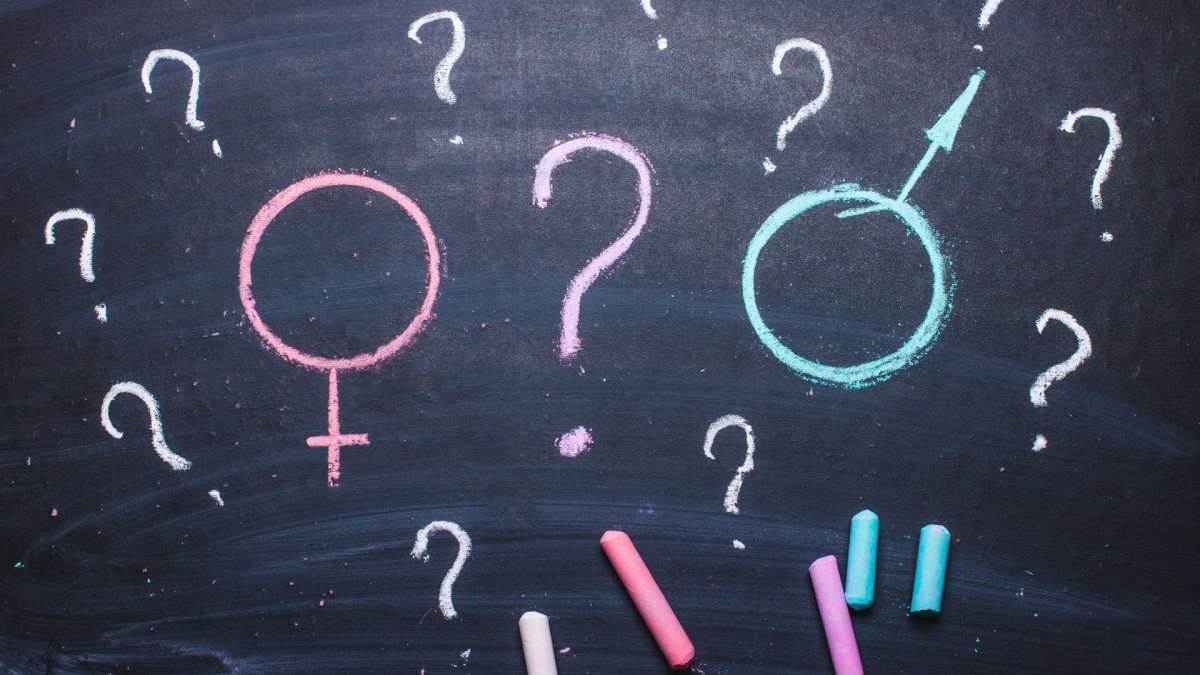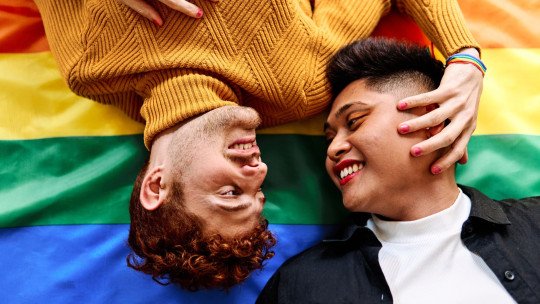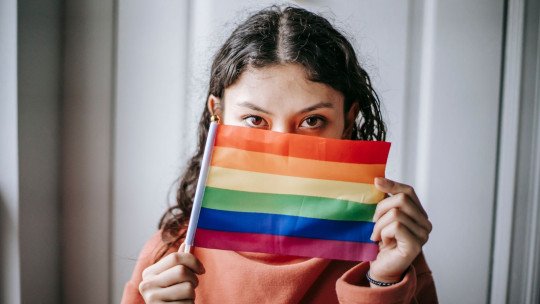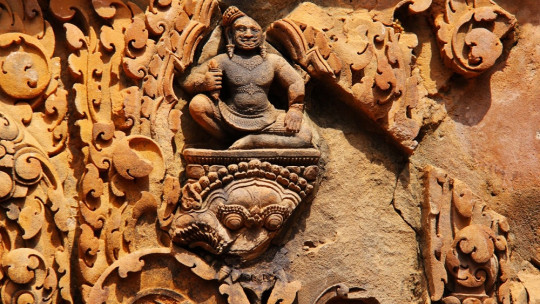In recent years, sexual diversity has become a topic of great relevance and generator of multiple debates. Understanding and accepting the different and diverse sexual orientations and gender identities is essential for the construction of an inclusive, diverse and respectful society.
Sexual diversity has a significant impact on our society, mainly due to its direct relationship with human rights and social justice. All people deserve equal rights, legal protection and respect; regardless of their sexual orientation or gender identity. The acceptance and inclusion of sexual diversity has a very positive impact on the health and well-being of LGBTQ+ people, while discrimination and stigma affect their mental and emotional health.
It is important to talk about sexual diversity and include it in our conversations because understanding and Promoting the realities of the people who lead it is the only way to move towards a more just and respectful society with everyone In this article we are going to focus on what sexual orientation and gender identities are, doing a historical review of the concepts and commenting on related terms.
The history of the LGTBQ+ movement
Sexual diversity encompasses centuries of evolution and changes in social and cultural attitudes towards sexuality and gender. Throughout different times and cultures, there have been diverse conceptions and expressions of sexuality and gender identity. In ancient times, some societies such as the Greeks and Romans had a broader and more fluid understanding of sexuality, recognizing and accepting a diversity of sexual practices and orientations that might seem surprising to us even today.
However, During the Middle Ages and as a consequence of religious and moral influence, a paradigm of heterosexuality was established as the norm and other forms of sexual expression were condemned Throughout the 18th and 19th centuries, there was a significant development of medical and scientific ideas that classified and pathologized non-heterosexual sexual orientations. In the 19th century, the terms homosexuality and heterosexuality were coined, establishing a distinction between them and giving the former a sick quality.
Sexual diversity began to gain recognition and visibility during the 20th century, gaining recognition and visibility through the formation of movements with the aim of obtaining and respecting LGBTQ+ rights. A crucial moment for this development was the Stonewall uprising between June 28 and July 3, 1969. This consisted of a series of spontaneous and violent demonstrations in response to a police raid on the Stonewall Inn pub, frequented by people from the group. This was a milestone in the fight for LGBTQ+ rights in the United States, which soon spread globally.
Today, significant progress has been made and little by little, the appearance and understanding of concepts related to sexual diversity is more common in people’s collective imaginations. However, there is still much to do, and one of the first steps must come from social education; society must be guided towards diversity
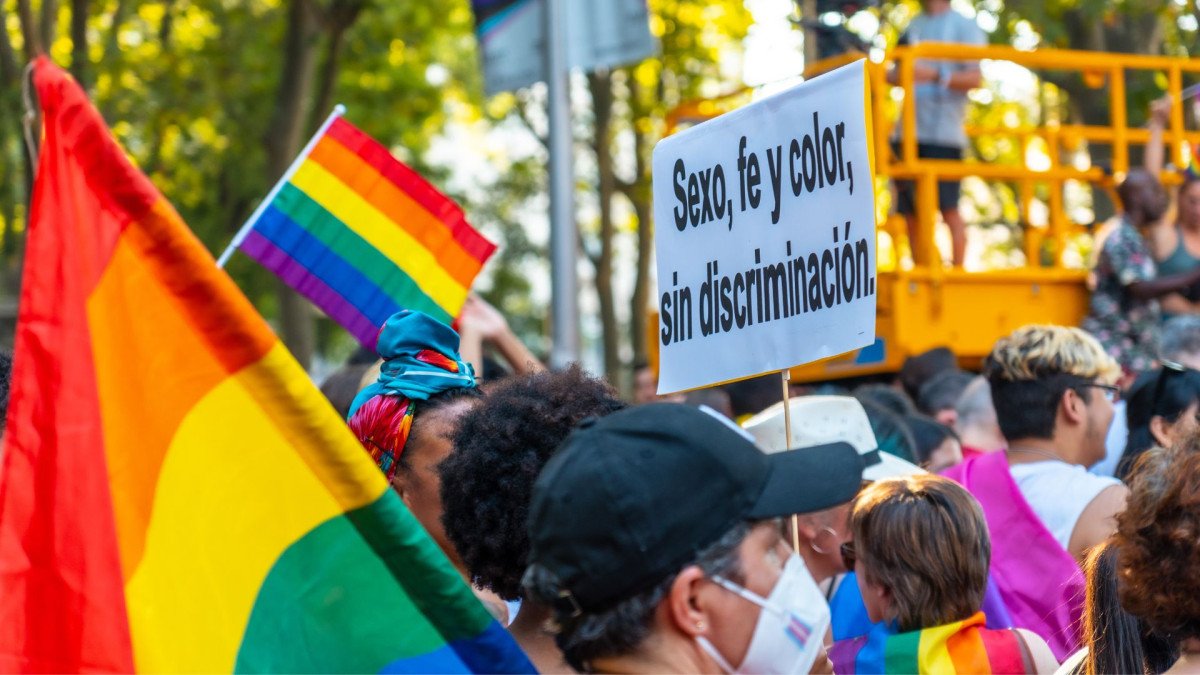
sexual orientations
Sexual orientations are an intrinsic manifestation of sexual diversity which we have been talking about throughout this article. They cover a wide range of ways in which people experience emotional, romantic, and sexual attraction to other people. Next, we are going to explore some of the most common sexual orientations and demystify misconceptions or beliefs and prejudices associated with each of them.
It is important to keep in mind that these are just some of the existing sexual orientations; but sexual diversity encompasses many more identities and experiences. Celebrating sexual diversity means rejecting the stereotypes and prejudices associated with different sexual orientations and recognizing and respecting the authenticity of each of these experiences.
1. Heterosexuality
Heterosexuality refers to romantic, emotional and/or sexual attraction towards people of the opposite gender ; that is, the attraction for a man if you are a woman, and for a woman if you are a man (based on purely binary concepts and as part of the heteronormative binomial). This is the normative sexual orientation in our society (and most societies), and is widely accepted and recognized in the vast majority of cultures.
2. Homosexuality
Homosexuality refers to romantic, emotional and/or sexual attraction towards people of the same gender ; that is, attraction to a man if you are a man, and to a woman if you are a woman. Homosexual people have faced a lot of discrimination and stigmatization throughout history in most societies. As previously mentioned, homosexuality was considered a pathology, and it was not until 1990 that the WHO stopped considering it a mental illness, 33 years ago.
3. Bisexuality
Bisexuality is characterized by romantic, emotional and/or sexual attraction to people of both genders ; They can be attracted to both people of the same gender and people of the opposite gender. The stereotypes that these people mostly face are the belief that they are promiscuous or indecisive people, and above all the false perception that bisexuality is a temporary phase between heterosexuality and homosexuality. Bisexual people experience a lack of social representation that generates their invisibility.
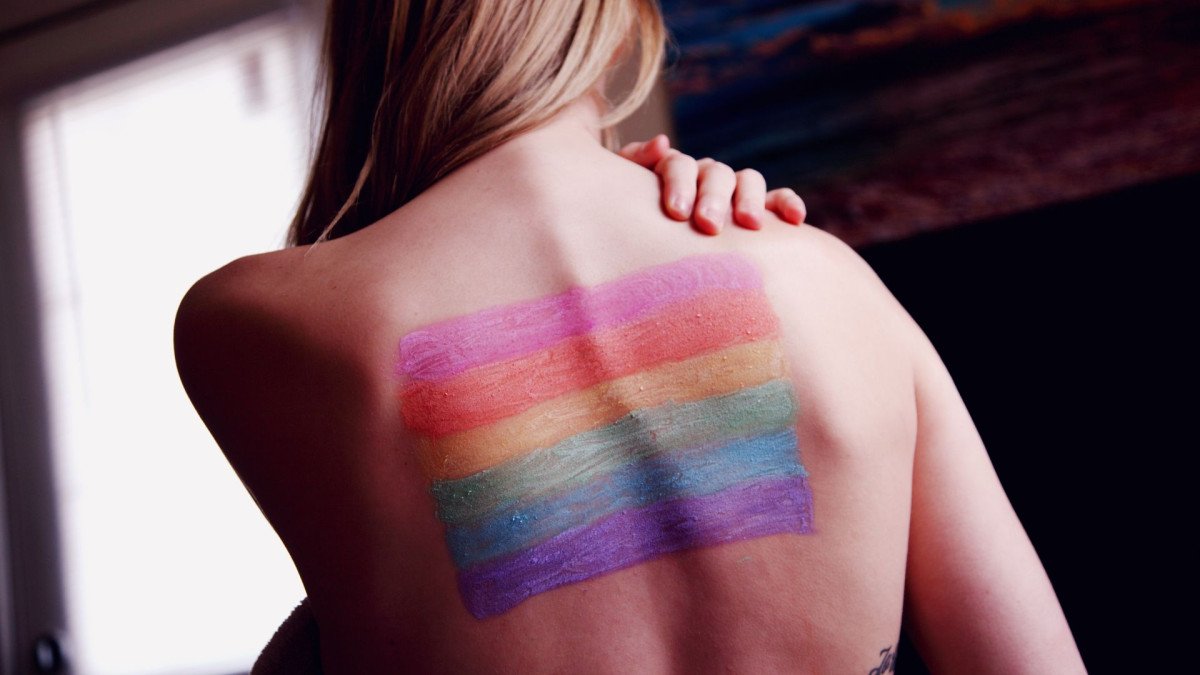
Gender identities
Gender identity also forms a fundamental part of sexual diversity. It refers to the ways in which each person perceives and identifies themselves in terms of their gender Gender identities are diverse in themselves and each person has the right to define their own gender identity and be respected in it.
Understanding and support for gender identities are essential for creating inclusive, respectful and safe spaces for these people. The acceptance of gender identities promotes equality and respect for all people, regardless of their identification in terms of gender. We are going to comment on the three best-known gender identities, but again it is important to emphasize the existence of many more and the freedom to live and express gender in an individual and differentiated way; Let each person do what they feel is right for them.
1. Cisgender
Being cisgender implies that a person’s gender identity aligns with the sex assigned at birth That is, if a person assigned female at birth identifies and expresses themselves as a woman, then we would speak of a cisgender person. Cisgender people have the social privilege that their gender identity normally and mostly coincides with society’s expectations in relation to it. A different issue is the expression of this genre; A person can be cisgender but express themselves socially in a more fluid way that does not fit the social expectations of others.
2. Transgender
Transgender people are those whose gender identity differs from the sex assigned at birth Transgender people may identify as the opposite gender to the sex assigned at birth, or may experience a gender identity that does not strictly fit the binary categories of male-female or male-female.
According to data from a study carried out in 2020, 70% of trans people in Spain are insulted on a regular basis, and one in ten are victims of threats or abuse throughout their lives. Despite these figures, only 6% report these events, mainly due to fear or helplessness derived from the social exclusion that is usually experienced.
3. Non-binary gender
Non-binary people are those who experience a gender identity that does not fit exclusively into the categories of male or female They can be identified as a combination of genders, as something more fluid, or as something completely different. Each person is free to develop, experience and feel their gender in the way they please. These identities challenge all traditional conceptions around gender and give importance and relevance to respecting and validating a whole range of gender-related experiences.
Sexual diversity enriches us
To conclude, sexual diversity is a fundamental aspect of the human condition that deserves to be recognized, respected and celebrated in our society. Throughout history and time, significant changes have been generated in the understanding and acceptance of sexual diversity, from the imposition of rigid norms to the fight for the rights and inclusion of LGBTQ+ people.
All sexual orientations and gender identities are valid and deserve respect and rights Overcoming stereotypes, prejudices and discrimination is a continuous challenge, but essential to building an inclusive and equitable society. Ultimately, sexual diversity enriches our culture, our creativity and our understanding of the world, and it is everyone’s responsibility to seek information and resources that help us support all people who may feel different from the norm in these aspects. .
